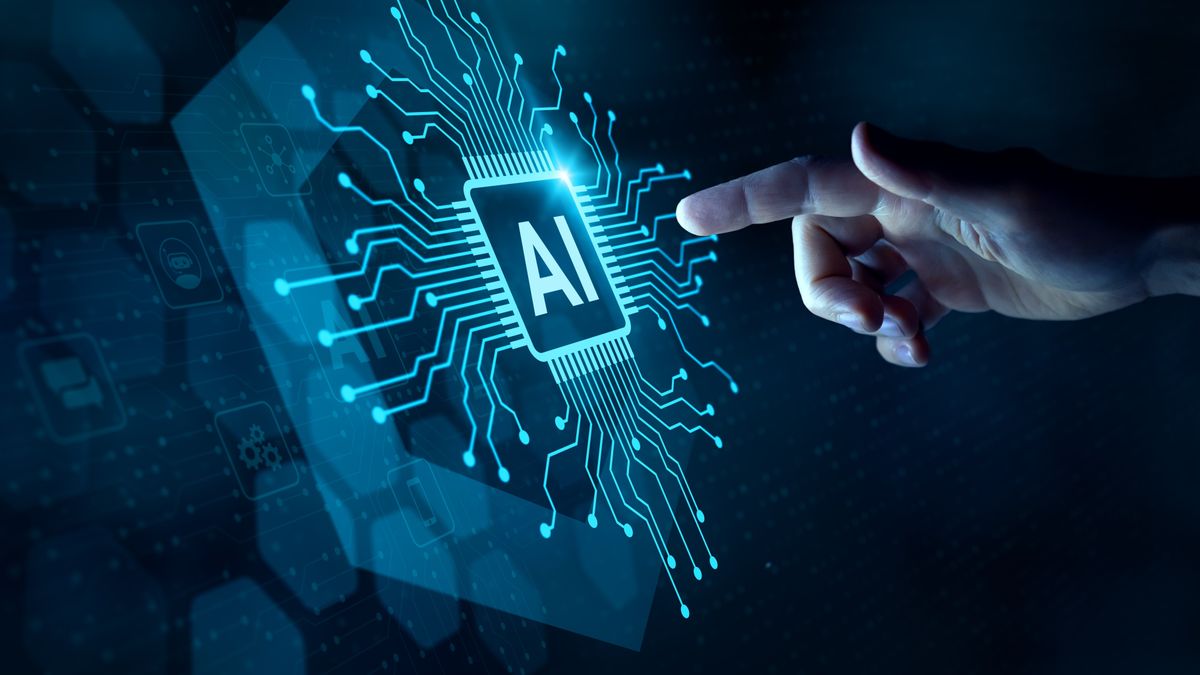Future-proof your automation: incorporating AI and intelligent automation without disconnects
Future-proof your automation: incorporating AI and intelligent automation without disconnects
Share:
THE ARTICLES ON THESE PAGES ARE PRODUCED BY BUSINESS REPORTER, WHICH TAKES SOLE RESPONSIBILITY FOR THE CONTENTS. Camunda is a Business Reporter client. By integrating fragmented systems, enabling intelligent workflows and providing scalability, process orchestration can help organisations unlock the true potential of automation.
Automation certainly isn’t new, but it has become savagely complex in recent years. To complete all the individual tasks within a business process, there are often dozens of so-called endpoints involved. These endpoints can be people, devices and systems – whether the latest AI innovations, or ancient legacy systems. While traditional task automation tools (such as RPA) excel at isolated functions, it takes a lot more integration and co-ordination to keep a business process running efficiently from start to finish. That’s where end-to-end process orchestration comes in.
Without process orchestration, automated processes can easily go wrong, resulting in a poor customer experience or a negative impact on business outcomes. Many of us have had first-hand experiences with broken or incomplete processes. For example, you might order tiles from a flooring retailer for a bathroom renovation, opting to pick up in store. Minutes later, you receive an email saying your order will be ready to pick up in two hours, and that you will receive a text and email confirmation when it’s available. Hours pass and you never receive confirmation. After calling customer service, you find out the order won’t be ready until midday tomorrow. It’s a bad look.






















